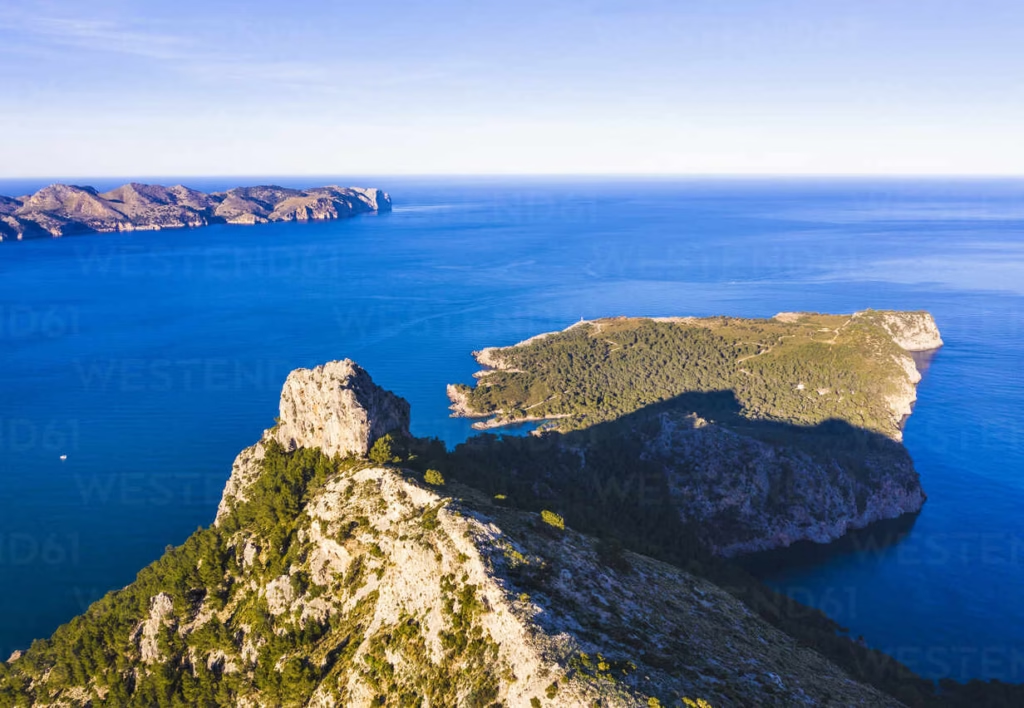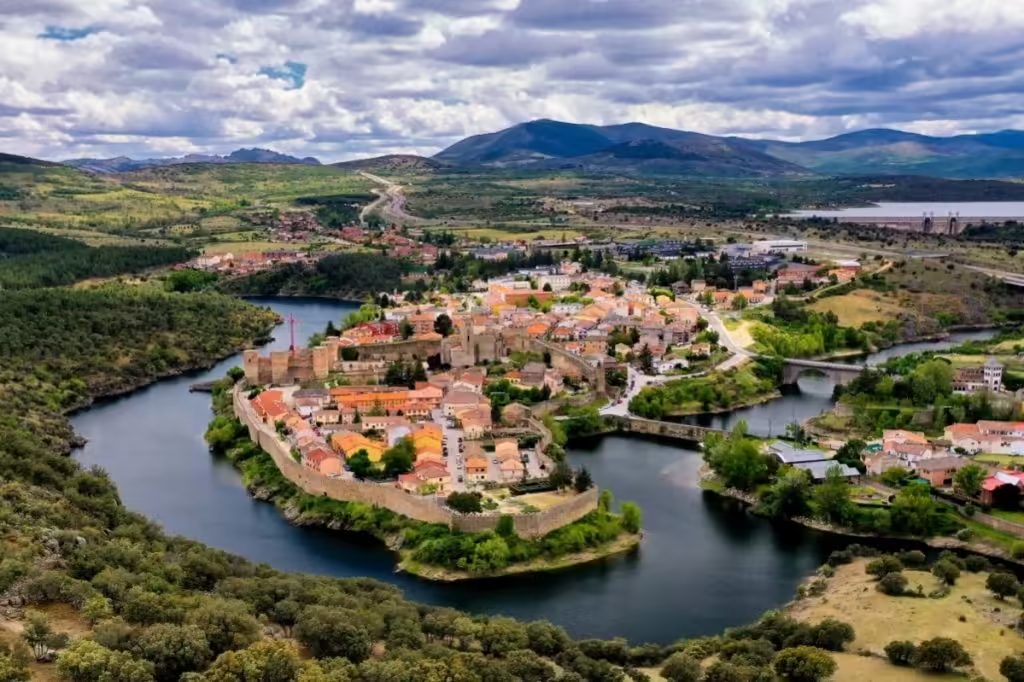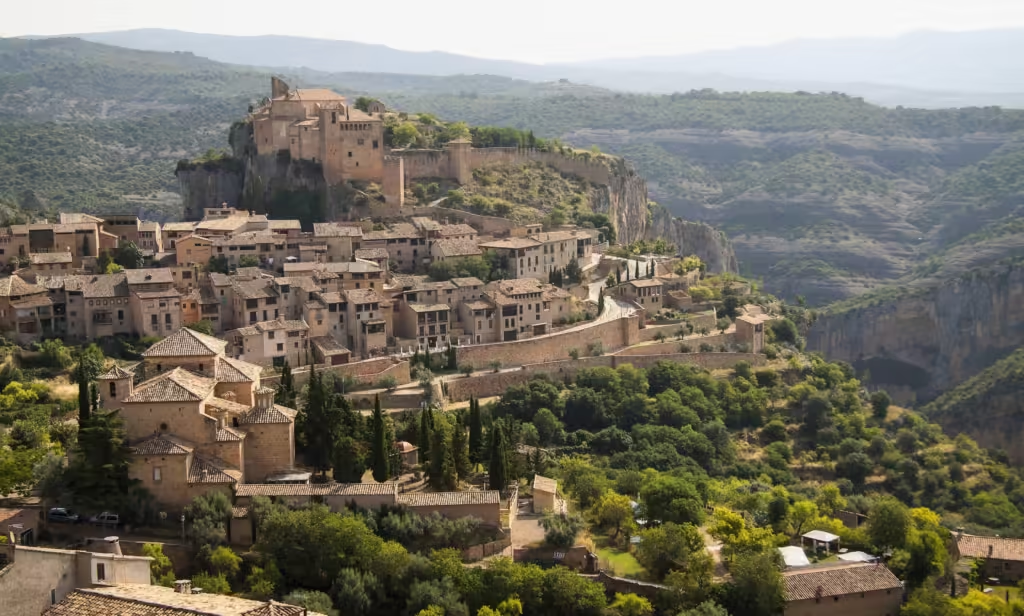Your Ultimate Travel Guide to Mallorca: Discover the Best of This Mediterranean Gem
Mallorca is a breathtaking Mediterranean island that offers sun, sand, culture, and adventure. It belongs to Spain’s Balearic Islands and is one of Europe’s top travel destinations. Each year, millions of visitors arrive to experience its golden beaches, dramatic mountain ranges, charming villages, and vibrant capital city. Whether you love to lounge on the shore or explore cultural landmarks, Mallorca has something to captivate everyone.
This comprehensive travel guide explores the top things to do, the best places to stay, and insider tips for an unforgettable holiday. We’ll discuss standout attractions in Palma de Mallorca, idyllic beaches, must-try local cuisine, and ways to make the most of your time on the island. Read on to discover why Mallorca should be at the top of your travel bucket list.

Why Visit Mallorca for Your Next Holiday
Mallorca has a long history of welcoming travelers seeking relaxation and inspiration. Its unique blend of scenic beauty and cultural riches suits families, couples, and solo adventurers. Below are a few reasons why Mallorca continues to be a hot spot for holidaymakers:
Spectacular Beaches
Mallorca boasts over 200 beaches, many featuring turquoise waters and fine white sand. From secluded coves nestled between rocky cliffs to bustling resort beaches with water sports, there’s an option to match your style.Picturesque Landscapes
The island’s interior includes the Serra de Tramuntana mountain range, a UNESCO World Heritage Site. Rolling hills, lush olive groves, and scenic roads encourage road trips and hiking excursions. These diverse landscapes make Mallorca a favorite among photographers.Rich Cultural Heritage
The island’s history stretches back centuries, influenced by Romans, Moors, and Christian monarchs. Visitors can explore historic churches, fortresses, and monuments that showcase a blend of architectural styles. The capital city, Palma de Mallorca, is a cultural hub full of museums, art galleries, and a lively culinary scene.Local Flavors and Cuisine
Mallorcan gastronomy will surprise you with its depth and variety. Try sobrasada (cured sausage), ensaimadas (sweet pastries), and pa amb oli (bread with olive oil and tomato). You’ll also discover superb local wines and fresh seafood.Wide Range of Activities
Whether you’re into snorkeling, sailing, hiking, or cultural tours, Mallorca has endless options. Families can enjoy water parks and safe swimming areas. Adventurers will discover hidden coves, winding mountain trails, and scenic cycling routes.
Best Beaches in Mallorca for Sun-Seekers
Mallorca’s coastline covers around 550 kilometers, offering a wide variety of beach experiences. You can find popular beaches with full amenities or more secluded bays surrounded by nature.
H3: Playa de Muro
Playa de Muro lies on the island’s northeast coast near the town of Alcúdia. This expansive beach is famous for its shallow waters, which make it family-friendly. You’ll find sun loungers, lifeguards, and beach bars serving refreshing cocktails. Windsurfing and paddleboarding are popular here due to calm breezes and clear water.
H3: Cala Agulla
Cala Agulla sits on Mallorca’s eastern coast. It’s framed by lush pine forests and offers fine golden sand. This area is favored by both locals and visitors who enjoy its natural beauty. Cala Agulla’s crystal-clear waters are ideal for snorkeling and swimming. Don’t forget to explore nearby hiking trails that provide panoramic views of the sea.
H3: Es Trenc
Es Trenc is often called one of the most beautiful beaches in Mallorca. This undeveloped stretch of shoreline features white sand and pristine turquoise waters. It’s located in the southern part of the island and feels like a secluded Caribbean paradise. Es Trenc is also popular among naturists, and part of the beach is clothing-optional.
H3: Cala Mondragó
Cala Mondragó is within the Parc Natural de Mondragó, a protected nature reserve on the southeast coast. The area offers two coves, Cala Mondragó and Cala S’Amarador, connected by a scenic walking trail. Pine trees and rocky cliffs surround these coves, enhancing their rustic appeal. You can rent sun loungers, buy snacks, or take a short hike through the nature park.
Exploring Palma de Mallorca: History, Culture, and Nightlife
Palma de Mallorca is the island’s capital and largest city. It mixes modern amenities with centuries of history. A single day in Palma can include touring medieval churches, shopping for designer brands, and trying the hottest tapas bars.
H3: Must-See Landmarks in Palma
La Seu (Cathedral of Santa Maria of Palma)
This Gothic cathedral is one of Spain’s most important religious buildings. It overlooks the Mediterranean Sea and adds to Palma’s iconic skyline. Admire its rose window, which is among the world’s largest, and explore its intricate interior chapels.Palacio Real de la Almudaina
Opposite the cathedral stands the Royal Palace of La Almudaina. Originally built as an Arabic fortress, it was later redesigned to reflect Gothic architecture. Stroll through its courtyards and staterooms, and enjoy sweeping views of Palma Bay.Passeig del Born
This elegant boulevard is lined with upscale shops, cafes, and historical buildings. It’s a popular place for an evening stroll or to enjoy local cuisine. Street performances and seasonal markets often fill the promenade with life.Bellver Castle
Bellver Castle rests on a forested hill just west of Palma. Its circular design is unique among European castles. Climb the walls for a stunning 360-degree view over Palma, the harbor, and the surrounding countryside.
H3: Where to Experience Nightlife in Palma
La Lonja District: Known for its chic bars and restaurants. Tourists and locals mingle in trendy venues serving creative cocktails.
Paseo Marítimo: This waterfront strip features some of Palma’s biggest nightclubs. Dance to electronic beats or enjoy live music.
Santa Catalina: Palma’s hipster neighborhood has a vibrant nightlife scene. You’ll find craft beer bars, boutique eateries, and late-night tapas spots.
Top Cultural and Historical Attractions Across the Island
Mallorca’s cultural heritage spans Roman ruins, Moorish influences, and Gothic architecture. History enthusiasts will appreciate the variety of sights:
Alcúdia Old Town
This walled city in the northeast remains mostly intact. Wander narrow streets and see Roman ruins at Pollentia. You’ll also find a weekly market selling local produce, clothing, and artisanal goods.Valldemossa
Situated in the Serra de Tramuntana, Valldemossa is a picturesque mountain town famous for its monastery. Composer Frédéric Chopin and writer George Sand spent a winter here. Enjoy panoramic views, cobblestone streets, and charming cafes.Deià
Known for its artistic heritage, Deià is a cliffside village that has inspired many painters, writers, and musicians. Explore galleries, hike coastal trails, or savor the local cuisine in scenic surroundings.Castell de Capdepera
This fortress perches over the village of Capdepera in the island’s northeast. It dates back to the 14th century and was built to defend residents from pirates. The castle offers fantastic sea views and a glimpse into Mallorca’s medieval past.
Outdoor Adventures and Activities in Mallorca
H3: Hiking the Serra de Tramuntana
The Serra de Tramuntana mountain range dominates northern Mallorca. It provides a scenic backdrop for challenging treks and leisurely nature walks. The famous Dry Stone Route (Ruta de Pedra en Sec) stretches approximately 167 km. It connects towns such as Valldemossa, Deià, and Sóller.
H3: Cycling in Mallorca
Mallorca is a cyclist’s paradise. Pros and amateurs alike flock to its well-maintained roads, gentle coastal routes, and demanding mountain climbs. Spring and autumn are popular for biking, as the weather is mild, and the roads are less crowded. You can rent high-quality bikes in Palma or other major towns.
H3: Water Sports and Boat Tours
Mallorca’s crystal-clear seas attract water sports enthusiasts year-round. You can go kayaking, jet-skiing, scuba diving, or stand-up paddleboarding in many coastal towns. Boat tours provide a fresh perspective on hidden coves and marine life. Some tours combine snorkeling stops, while others focus on sailing experiences around the island.
Discovering Mallorcan Cuisine and Dining Experiences
Dining in Mallorca offers a mix of traditional flavors and modern fusion. The island’s culinary scene has expanded to include gourmet restaurants and farm-to-table concepts.
Traditional Dishes
Pa amb oli: Sliced rustic bread drizzled with olive oil and topped with tomato, cheese, or ham
Sobrasada: A soft, spreadable sausage made from seasoned pork
Ensaimada: A spiral-shaped pastry dusted with powdered sugar
Tumbet: A hearty vegetarian dish with layers of potato, eggplant, and bell peppers
Local Markets
Visit local markets for fresh produce, olive oils, and island-made cheeses. The Mercat de l’Olivar in Palma is one of the largest. It’s the perfect place to sample cured meats and fresh pastries before sightseeing.Wine and Vineyard Tours
Mallorca has vineyards producing quality wines, particularly in the Binissalem region. Book a guided tour to see how Mallorcan wines are made. Many wineries offer tastings that pair local cheeses and cured hams.Fine Dining Hotspots
Palma hosts several Michelin-starred restaurants. Reserve in advance if you’re seeking a special gastronomic experience. Menus often blend local ingredients with global techniques for creative results.
Where to Stay in Mallorca: Accommodation Options for Every Budget
Luxury Resorts
Areas like Portals Nous and Illetes near Palma provide five-star hotels with private beaches, spa facilities, and top-tier restaurants. These resorts offer a relaxing, upscale atmosphere for honeymooners or those seeking pampered indulgence.Boutique Hotels and Agroturismos
For a more personal experience, stay in a boutique hotel in a historic building or a countryside farmhouse (agroturismo). These accommodations merge rustic charm with modern amenities. You’ll often find them in quiet towns like Deià or in rural settings surrounded by olive groves.Family-Friendly Resorts and Apartments
The towns of Alcúdia, Cala d’Or, and Palmanova have family-oriented resorts with kids’ clubs, swimming pools, and easy beach access. Self-catering apartments are also abundant, allowing families to cook and stick to a more flexible schedule.Budget Hostels and Guesthouses
Palma has several stylish hostels, and smaller towns offer modest guesthouses or pensiones. You can cut costs without sacrificing comfort. These options might have shared facilities, but they also present a chance to meet fellow travelers.
Frequently Asked Questions (FAQs) About Mallorca
H3: What is the best time to visit Mallorca?
The high season runs from June to August. Temperatures usually reach around 30°C (86°F). Expect busy beaches and higher prices. If you want mild weather and fewer crowds, visit during the shoulder seasons (April–May or September–October). Many locals consider May and September the best months for pleasant temperatures and reduced tourist traffic.
H3: Do I need a car to explore Mallorca?
Having a car makes it easier to reach remote beaches, mountain towns, and wineries. However, Palma and larger towns have reliable public buses. If you plan to stay in one area or rely on guided tours, you might not need a vehicle. Renting a car is highly recommended if you want maximum flexibility.
H3: Is Mallorca suitable for families?
Yes. Mallorca offers family-friendly beaches, water parks, and a safe environment for children. Many resorts have kids’ clubs and entertainment. Most restaurants also cater to children’s tastes. Cala Millor, Alcúdia, and Palmanova are popular family destinations, thanks to shallow waters and numerous activities.
H3: What currency and language are used in Mallorca?
Mallorca uses the euro (EUR) as its currency. Spanish is the official language, but Mallorquín (a variant of Catalan) is also widely spoken. English and German are commonly understood in tourist areas. You’ll have an easy time communicating in major towns and resorts.
H3: Can I visit Mallorca on a budget?
Yes. While Mallorca has luxurious resorts, you can find affordable accommodations, especially during off-peak seasons. Public transport, local cafes, and free activities like beach visits and scenic walks help stretch your budget. Shop at local markets for fresh ingredients and opt for smaller, family-run eateries.
Practical Tips for a Smooth Mallorca Holiday
Pack for the Climate
Mallorca enjoys a typical Mediterranean climate. Summers are hot and dry, and winters are mild. Sunscreen, hats, and light clothing are essential in warmer months. Bring a light jacket for cooler evenings in spring or autumn.Plan Ahead for Major Attractions
Popular attractions like the Cathedral of Santa Maria of Palma can get crowded. Book tickets online, especially during the peak season. Guided tours give insights into Mallorca’s history and often include skip-the-line privileges.Embrace Local Schedules
Spanish culture embraces a midday siesta. Many shops close in the early afternoon. Dinner often starts later, around 8 or 9 p.m. Adapt to local customs for a more authentic experience.Stay Hydrated and Protect Yourself from the Sun
The Mediterranean sun is strong, particularly in July and August. Drink plenty of water, and wear protective gear. Don’t forget reef-safe sunscreen if you plan on swimming.
Final Thoughts on Exploring Mallorca
Mallorca’s blend of crystalline waters, rugged mountains, and ancient history creates an unmatched holiday experience. You can spend your days chasing the perfect beach sunrise, sampling flavorful local dishes, or dancing the night away in Palma’s energetic clubs. If you crave a slower pace, you’ll appreciate quaint mountain villages steeped in culture.
This island has become a top choice for travelers seeking a mix of relaxation, exploration, and a taste of authentic Spanish island life. Plan ahead, embrace local traditions, and savor each sunrise on the Mediterranean horizon. Whatever your travel style, Mallorca promises memories that will last a lifetime.
.

